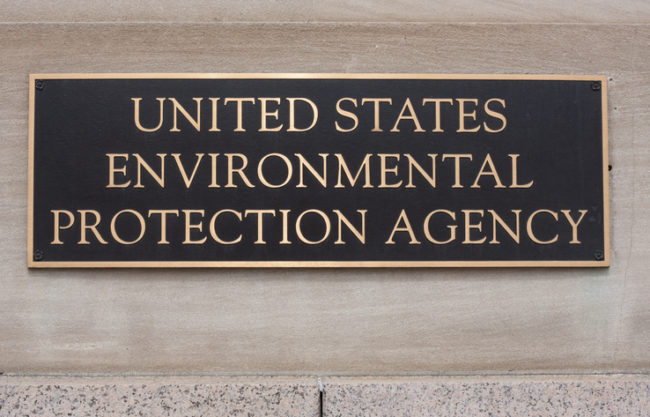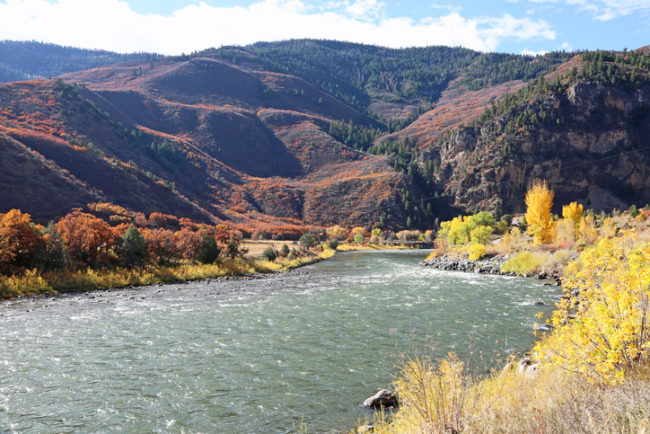The California Court of Appeals rang in the New Year for plaintiffs by handing owners, operators, transporters, and arrangers that work with hazardous materials an adverse decision on the issue of causation. In the City of Modesto v. The Dow Chemical Company (2018 WL 317043 (Cal. Ct. App., Jan. 8, 2018), the court focused on the standard of causation that a plaintiff must meet to support a finding of liability under the Polanco Redevelopment Act (Polanco Act).
The court lowered the standard from a direct …
Continue Reading









